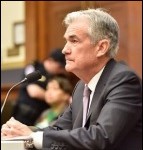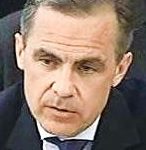
By Pam Martens and Russ Martens: November 6, 2019 ~ The Federal Reserve Bank of New York (New York Fed) is just one of the 12 regional Federal Reserve banks around the country. But it has amassed enormous powers for itself since the Federal Reserve was created in 1913. Three of those powers dwarf all others: the ability to create money electronically at the push of a button; the accepted right to meddle in the markets; and the supervision of some of the largest bank holding companies in America. After Wall Street blew itself up under the indulging and incompetent supervision of the New York Fed in 2008 and it was exposed that the Fed had secretly created $29 trillion in electronic money to bail out zombie banks – most of that funneled out by the New York Fed – most rational folks would have assumed that Congress would have … Continue reading










